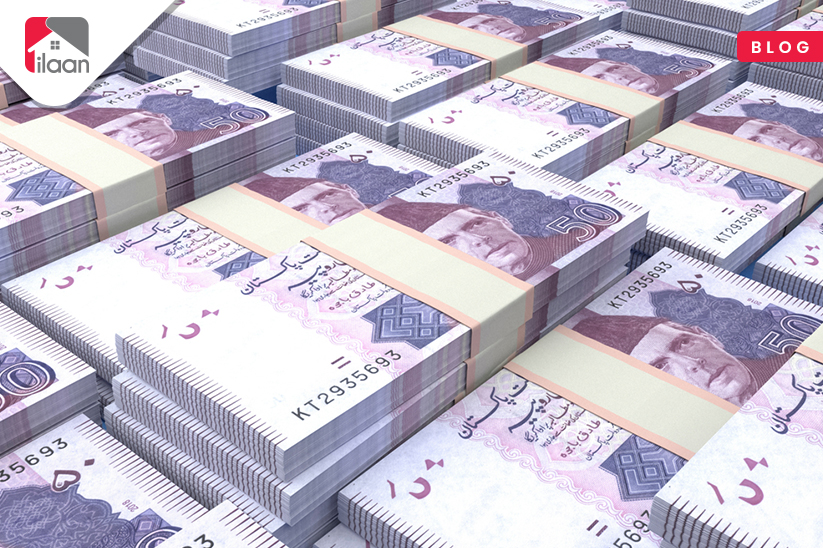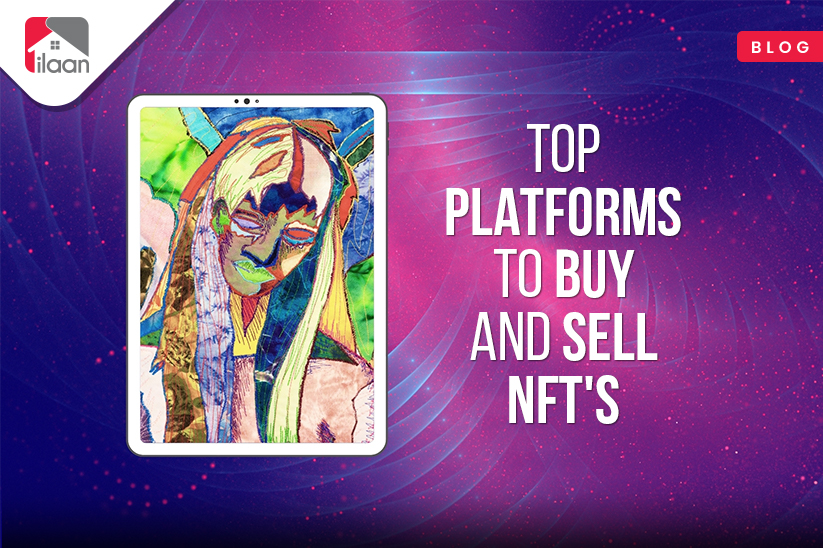Non-fungible tokens (NFTs) have taken the digital world by storm, revolutionizing the way we buy, sell, and trade digital assets. But what exactly are NFTs, how do they work, and what should you know before investing? In this guide, we’ll break down everything you need to know about NFTs—from their underlying technology to how you can buy them safely and avoid scams.
What Are NFTs and How Do They Work?
NFTs, or non-fungible tokens, are unique digital assets that exist on a blockchain. Unlike cryptocurrencies such as Bitcoin or Ethereum, which are interchangeable (fungible), each NFT is one-of-a-kind, carrying unique identification codes that distinguish it from others.
These digital tokens can represent anything—from digital art and music to real estate and collectibles. By "tokenizing" real-world assets, NFTs make buying, selling, and trading more efficient while reducing the risk of fraud.
How Are NFTs Created?
NFTs are generated through a process called minting, where an asset’s metadata is encrypted and stored on a blockchain. The process involves:
- Creating a digital asset (e.g., artwork, music, or video).
- Minting it as an NFT using a blockchain platform like Ethereum.
- Assigning a unique identifier that links the asset to a blockchain address.
- Recording ownership and smart contract details to manage future transactions.
Once minted, NFTs can be traded or sold on specialized marketplaces, with their value determined by market demand.
How to Buy NFTs: Step-by-Step Guide
If you're interested in purchasing an NFT, here’s what you need to do:
1. Open a Crypto Exchange Account
To buy NFTs, you first need cryptocurrency—typically Ethereum (ETH), since most NFTs are built on the Ethereum blockchain. You can purchase ETH through crypto exchanges such as Binance, Coinbase, or Kraken.
2. Set Up a Crypto Wallet
A crypto wallet stores your digital assets and provides access to your NFTs. There are two types of wallets:
- Hot Wallets (software-based) – Web-based wallets like MetaMask, which are convenient but more vulnerable to cyber threats.
- Cold Wallets (hardware-based) – Physical devices like Ledger or Trezor, which offer better security but can be lost if not backed up properly.
3. Transfer Ethereum to Your Wallet
Once you’ve purchased ETH on an exchange, transfer it to your crypto wallet. This will allow you to use it for NFT purchases.
4. Choose an NFT Marketplace
NFT marketplaces are platforms where you can buy, sell, and trade NFTs. Some of the most popular options include:
- OpenSea – The largest NFT marketplace, offering art, music, collectibles, and more.
- NBA Top Shot – Focuses on sports collectibles, allowing users to buy and sell basketball highlight clips.
- Rarible – A decentralized marketplace where users can create, sell, and buy NFTs.
- Nifty Gateway – Features limited-edition NFTs from well-known artists.
5. Connect Your Wallet to the Marketplace
Before making a purchase, connect your crypto wallet to the NFT marketplace of your choice. Some marketplaces allow you to set up a new wallet directly on their platform.
6. Buy Your NFT
Once your wallet is connected, you can browse NFTs and place bids or purchase them outright. Once the transaction is complete, the NFT is stored in your wallet.
What Are the Different Types of NFT Marketplaces?
NFT marketplaces generally fall into three categories:
- Open Marketplaces – Anyone can mint, buy, or sell NFTs (e.g., OpenSea).
- Closed Marketplaces – Require artist approval before listing (e.g., Nifty Gateway).
- Proprietary Marketplaces – Offer company-owned NFTs (e.g., NBA Top Shot).
By subscribing to these platforms, you can stay updated on new NFT drops, which are often announced via Twitter, Discord, and NFT-specific tools like Rarity Sniper and Rarity Tools.
NFT Scams to Watch Out For
As with any high-value digital asset, NFTs are a target for scammers. Here are some common scams and how to avoid them:
1. Phishing Scams
Scammers use fake links and pop-ups to trick users into revealing their wallet credentials. Solution: Only access NFT platforms through official websites.
2. Counterfeit NFTs
Some scammers sell stolen or copied artwork as original NFTs. Solution: Verify authenticity by researching the artist and checking their official social media.
3. Pump-and-Dump Schemes
Scammers artificially inflate the price of an NFT to lure buyers, then sell quickly, leaving investors with worthless assets. Solution: Research the NFT’s history and past transactions before buying.
4. Free Mint Scams
Some scams lure users into minting a free NFT but secretly gain access to their wallet. Solution: Never approve unknown smart contracts.
5. Fake Marketplaces
Scammers create fake NFT marketplaces that look real but steal funds from buyers. Solution: Use only well-known platforms like OpenSea and Rarible.
Are NFTs a Good Investment?
NFTs have seen both explosive growth and sharp declines in value. While some investors have made millions, others have lost money due to market volatility. Before investing, consider:
- Market trends – Popularity and demand fluctuate over time.
- Rarity and authenticity – Limited-edition or celebrity-backed NFTs may hold more value.
- Liquidity risks – Unlike crypto, NFTs can be harder to resell.
- Security risks – Keeping your NFTs in a secure cold wallet reduces hacking risks.
If you’re new to NFTs, start with small investments and always do thorough research before making a purchase.
Final Thoughts
NFTs are reshaping the digital economy, providing new opportunities for artists, creators, and investors. However, they also come with risks, from volatile pricing to scams. By understanding how NFTs work, how to buy them safely, and how to avoid common scams, you can make informed decisions in this evolving market.
Whether you’re looking to collect digital art, invest in unique assets, or simply explore the NFT space, knowledge is your best asset. Stay informed, stay secure, and invest wisely.








